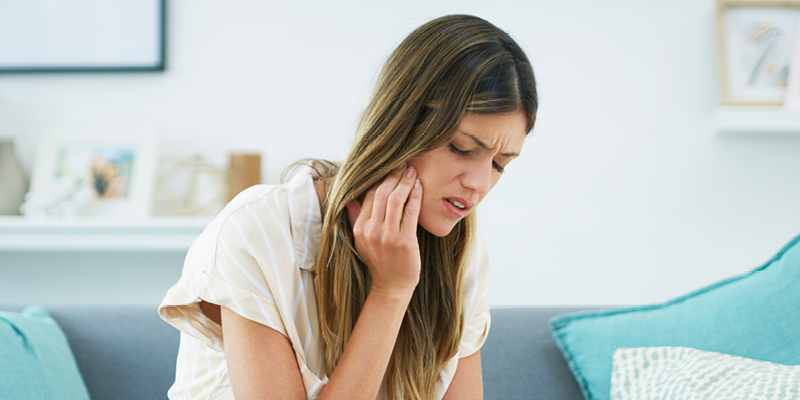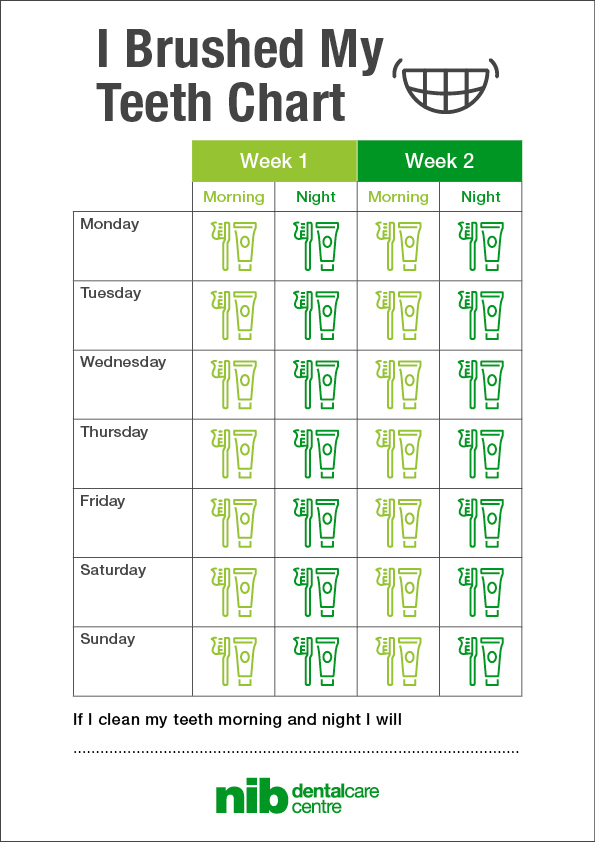
Unfortunately, there are times when the damage to a tooth is too extensive and a tooth extraction is needed. It will rarely be the first option for repair put forward and, in many cases, other options such as a filling or a crown may help you retain your tooth for longer. If and when the time comes for a tooth to be removed, there are often many questions which arise. Here are a few answers to give you peace of mind before your next dental visit.
Why would I need a tooth extraction?
The top 5 reasons that you may need an extraction are outlined below.
- Significant tooth decay or damage to the tooth
- Gum disease
- To improve appearance, in conjunction with orthodontic treatment
- Extensive tooth cracks, fracture or trauma
- Poor positioning or tooth functionality (e.g. impacted wisdom teeth)
A consultation with your dentist will help outline all that is involved with any of the above reasons for an extraction. Of course, if you are having regular dental check-ups you will already be aware of any ongoing issues with your teeth which may lead to the removal of a tooth in future.
What can you expect with a tooth extraction?
It’s important to note that not all tooth removals will be performed in the same way. Your dentist will discuss the best treatment options with you and will require an x-ray of the tooth concerned in order to view the root location and formation, as well as the density of the supporting bone before making a decision on the best tooth removal method for you.
The vast majority of tooth extractions are completed in the dental chair using local anaesthetics, however for more complex cases or where patients are highly anxious or phobic, alternative options such as intravenous (IV) sedation or general anaesthetic in a private hospital are available.
Your dentist will advise you about the complexity of the extraction taking into account your health, age, the location of the tooth and the complexity of the root formation when determining the best method of extraction for your tooth, and whether a referral to a specialist is required.
How much does it cost to have a tooth removed?
The cost of having a tooth removed (tooth extraction) can range from $180 and $400* depending on the complexity of the extraction and the need for any additional procedures.
This cost estimate does not include any consultation costs or x-rays that may occur as a part of the extraction appointment which will assist your dentist in determining the most effective extraction method for your circumstances.
Protecting your teeth early
The simple answer to reducing the chances of a tooth extraction is ongoing preventative dental care. Taking care of your teeth consistently will help prevent gum disease and cavities which can all lead to larger dental issues in future. This involves brushing twice daily and flossing as well as ensuring you attend regular 6 monthly check-ups with your dentist.
It’s also important to remember that accidents do happen and is one of the major causes of a tooth removal procedure. When you know you will be undertaking an activity that has a high chance of damage to your teeth such as sports, ensure you get fitted for an appropriate mouth guard by your dentist. It might just save your teeth in future.
If you think you might need a tooth removed contact your nearest nib Dental Care centre.
*Prices are indicative and may vary by practitioner. Tooth extraction complexity will also play a part in the final price. The price indicated does not include any consultation costs or x-rays that may occur as part of the extraction appointment.





